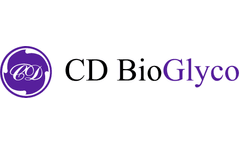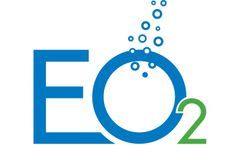Diabetes Foot Articles & Analysis
14 articles found
Further animal experiments showed that the natural adhesive d-SMG promoted the healing of acute skin injuries and diabetic chronic wounds, and the effect was better than alginate dressings widely used in clinical practice. ...
Healing rate: 14.3 mm2/day. Healing time: 103 days. Wound size: 49 × 30 × 3 mm. Age of wound when treatment started: ~ 3 months. Subject: 62/male. Non-insulin dependent diabetes, venous insufficiency, peripheral neuropathy, HTN, CHF, COPD, ...
Subject: 52/male. Insulin dependent diabetic, peripheral neuropathy, hypertension, renal failure on hemodialysis; history of chronic foot ...
Patient History Patient is a 40-year-old female with a history of type 2 diabetes. Patient presented to the Emergency Room with a diabetic foot ulcer and infection. ...
What is diabetic neuropathy? The most common complication of diabetes is neuropathy, which is nerve damagecaused by high blood sugar. Most neuropathy affects the legs, hands and feet and usually presents as numbness, pain or tingling. Diabetic neuropathy can also seriously impact the heart, blood vessels, digestive system and the kidneys. Symptoms can range from mild discomfort to extreme pain. ...
Most of these amputations are performed for the treatment of non-healing diabetic foot ulcers that resulted from PAD (Peripheral Arterial Disease). ...
Individuals with chronic wounds (diabetic foot ulcers, pressure ulcers, venous ulcers, arterial ulcers, etc.) commonly have other chronic conditions – typically type 2 diabetes, hypertension, venous insufficiency, peripheral arterial disease, and/or chronic kidney disease. ...
Patient: 65 year old Caucasian male with non-healing diabetic wound on his foot Age of Wound: Greater than 4 years Previous Therapy: 5 months of NPWT Treatment: OxyGeni® set at 3 ml/hr Days on Service: 81 days Outcome: Goals met. ...
In a pioneering “off-the-shelf ” drug treatment in place of a surgical procedure, Maruti Hospital on Tuesday inaugurated its Regenerative Medicine Department by administering stem cell therapy for a diabetic patient who lost four toes on both feet. Developed by pharma major, Cipla, in collaboration with Bengaluru-based, Stempeutics Research, over 14 years, it is ...
Highlights A retrospective analysis of real-world data published in the ‘International Wound Journal’ compared the wound closure times for diabetic foot ulcers treated with either Endoform™ Natural (1150 wounds) or collagen/ORC (1072 wounds). ...
Many practitioners think about lasers as therapy for various conditions like Fasciitis, Tendonitis, Arthritis, pain and inflammation. Diode lasers are very versatile. Swapping handpieces or adding on attachments to the handpiece allows for increased uses including wounds, ulcers, warts, dermatological conditions like Psoriasis as well as venous insufficiency and fungal ...
To date, Origin’s clinical activities have been confined to the use of its technology for topical applications, most notably chronic diabetic foot ulcers. However, in light of the increasing incidence of infectious agents resistant to antibiotics or in cases where effective therapy doesn’t exist, Origin has accelerated its plans for delivering its NO ...
Origin is in preliminary discussions with clinical trial sites in Hong Kong and China in relation to clinical trials of its IonojetTM technology for the treatment of diabetic foot ulcers (DFU). It is anticipated that, if the discussions proceed to fruition, the trials would form part of the dataset required to progress the technology towards a potential future ...










